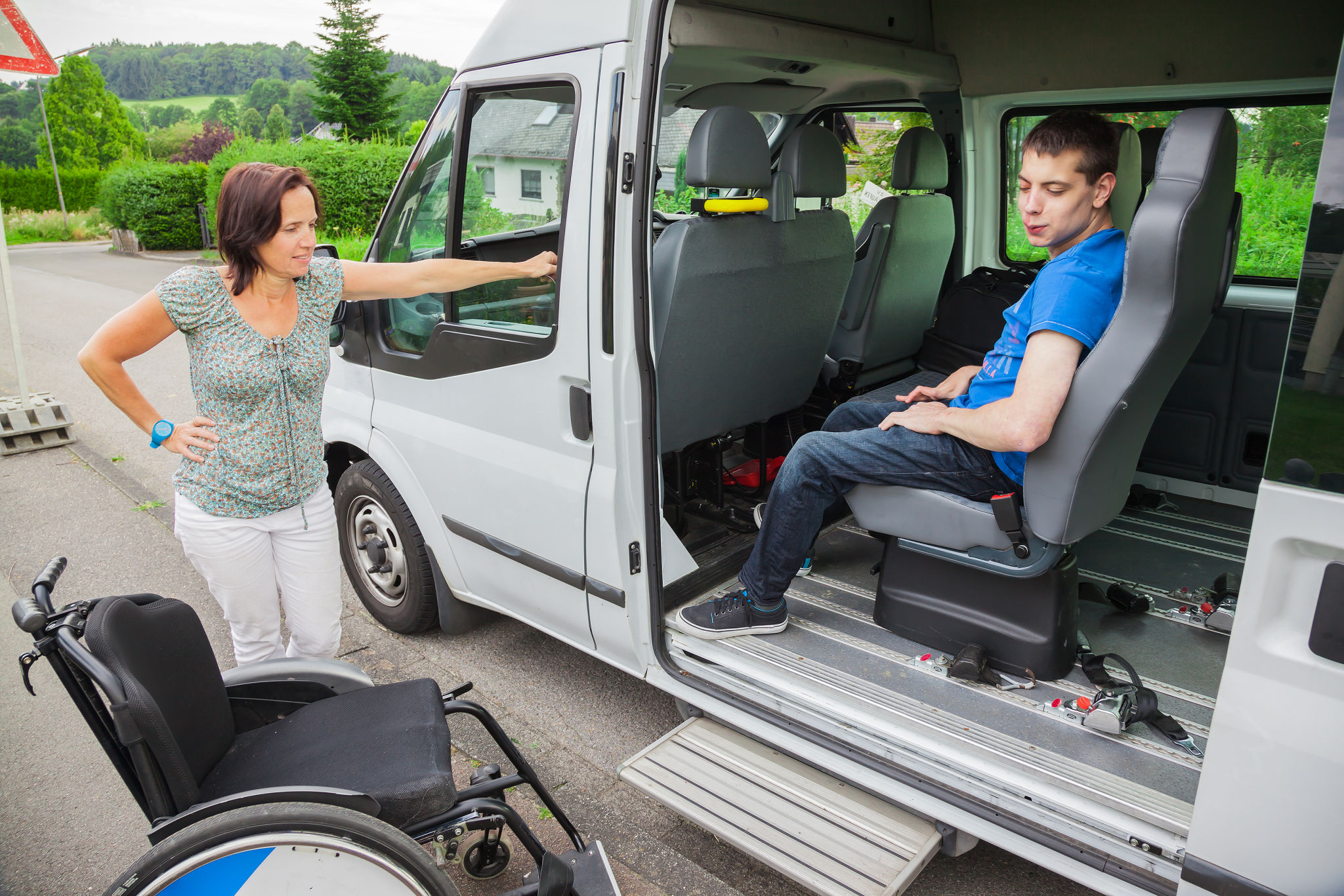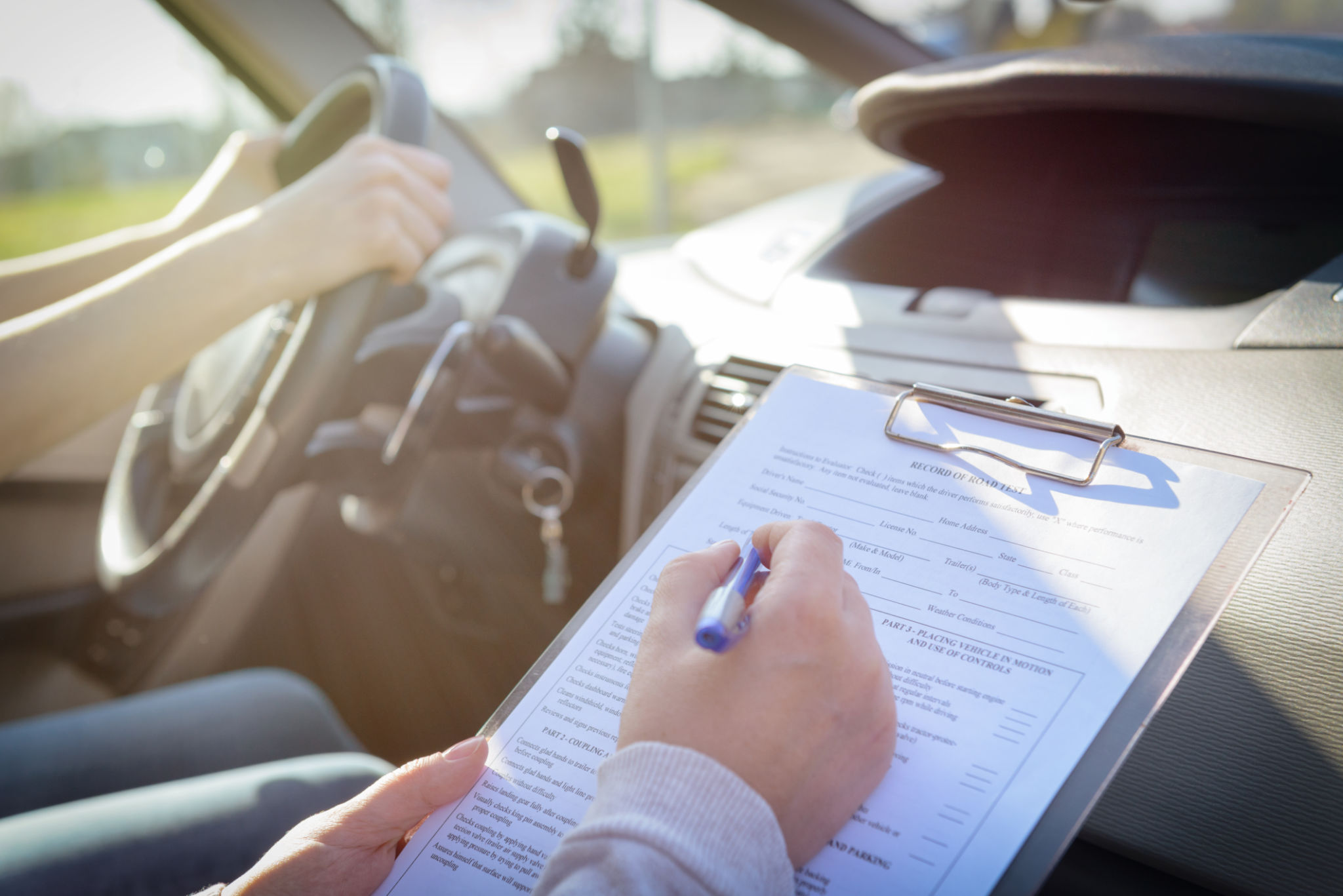Expert Tips for Non-Emergency Transportation Safety
RP
Understanding Non-Emergency Transportation
Non-emergency transportation (NET) services provide a crucial link for individuals who need to access healthcare facilities without the urgency of an ambulance. These services cater to patients requiring routine medical appointments, dialysis treatments, or physical therapy sessions. Ensuring safety during these trips is paramount, as many passengers may have specific medical needs or mobility challenges.

Conducting a Pre-Trip Assessment
A comprehensive pre-trip assessment is vital for maintaining safety during non-emergency transportation. Begin by evaluating the passenger's medical conditions and mobility requirements. This ensures that the vehicle is equipped with the necessary features, such as wheelchair ramps or securement systems. Additionally, confirm that the driver has been informed of any specific health considerations to tailor the journey accordingly.
Communicate with the passenger or their caregiver to gather details about their medical appointments and any special instructions. This proactive approach helps in planning the most efficient route and ensuring that the passenger reaches their destination on time.
Driver Training and Certification
Driver competence is a cornerstone of safe non-emergency transportation. It is essential that drivers undergo thorough training programs that cover defensive driving techniques, first aid, and patient assistance. Certification in these areas not only enhances safety but also builds trust with passengers and their families.

Ongoing education is equally important. Regular workshops and refresher courses can keep drivers updated on new regulations and best practices in patient care and transportation safety.
Ensuring Vehicle Safety
The vehicles used for non-emergency transportation must adhere to stringent safety standards. Regular maintenance checks should be performed to ensure that all equipment, such as brakes, lights, and wheelchair securements, are functioning properly. Keeping a log of these inspections can help in identifying recurring issues and preventing potential breakdowns during transit.
- Check tire pressure and tread depth regularly.
- Ensure that seat belts and safety harnesses are in good condition.
- Maintain clean and hygienic interiors to prevent infection risks.
Effective Communication Practices
Clear communication is vital for a safe and pleasant journey. Drivers should be trained in effective communication techniques, especially when dealing with passengers who may have hearing or speech difficulties. Using simple language and visual aids can greatly enhance understanding and cooperation.

Furthermore, establishing a communication protocol for emergencies ensures that drivers know how to contact medical personnel or emergency services if needed. Keeping contact information readily available can expedite assistance when time is of the essence.
Implementing Technology Solutions
Advancements in technology offer numerous tools to enhance safety in non-emergency transportation. GPS tracking systems enable real-time monitoring of vehicle location, ensuring that help can be dispatched quickly if required. Additionally, using mobile apps for scheduling and route planning can reduce delays and improve operational efficiency.
Telehealth services integrated into transportation systems can also provide on-the-spot medical consultations, adding another layer of safety for passengers with chronic conditions or sudden health concerns during travel.
Conclusion
Prioritizing safety in non-emergency transportation requires a multifaceted approach involving thorough planning, driver training, vehicle maintenance, effective communication, and technology integration. By adhering to these expert tips, service providers can ensure that each journey is as safe and comfortable as possible for their passengers.
